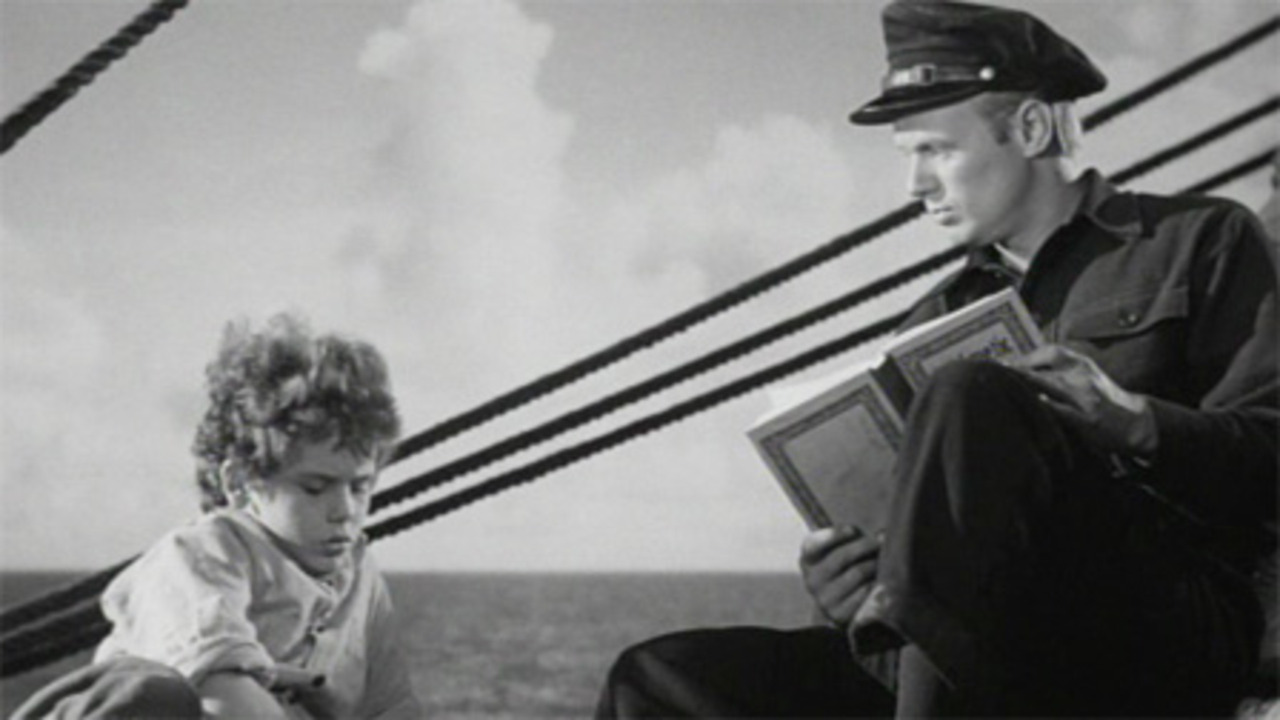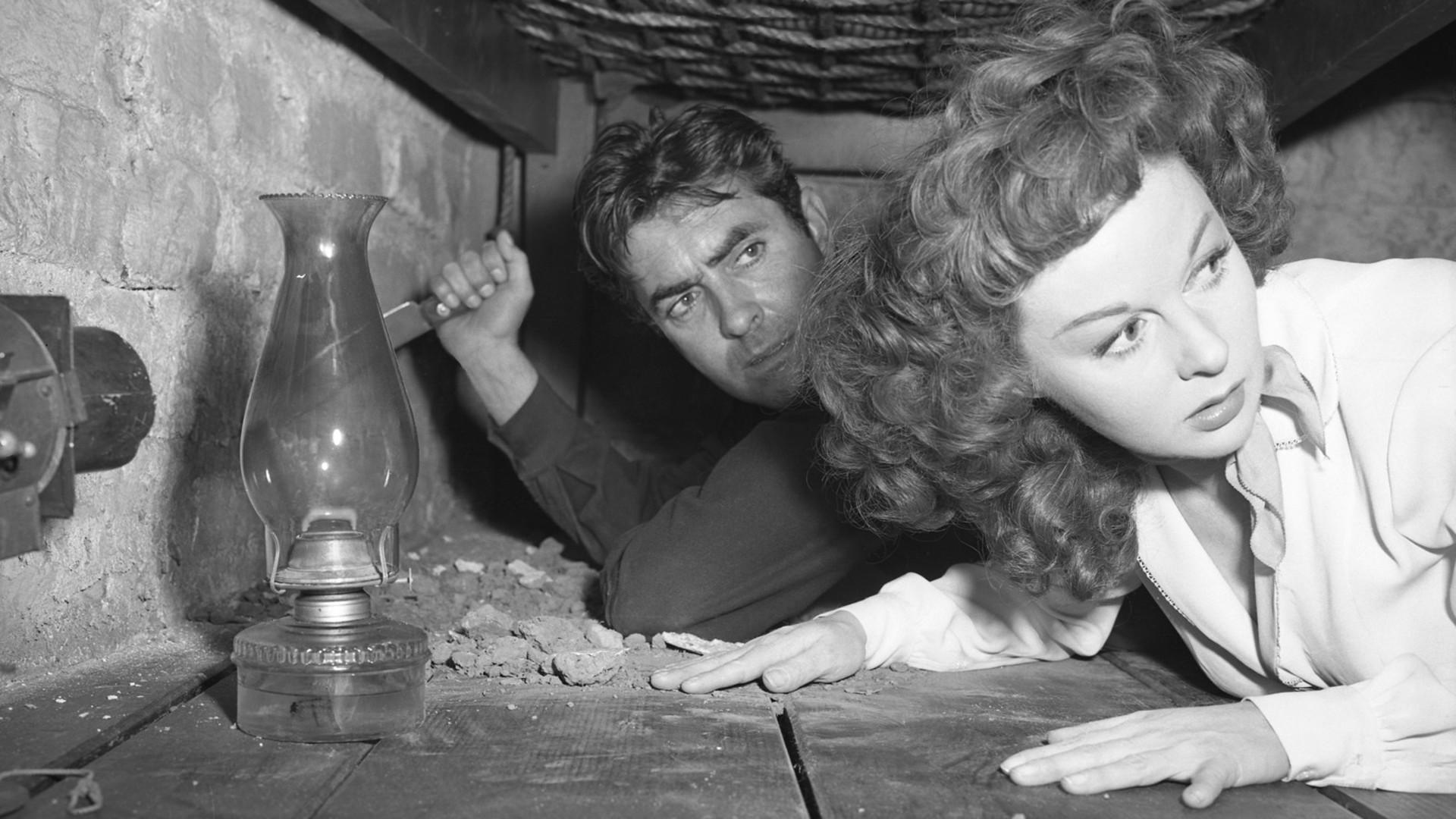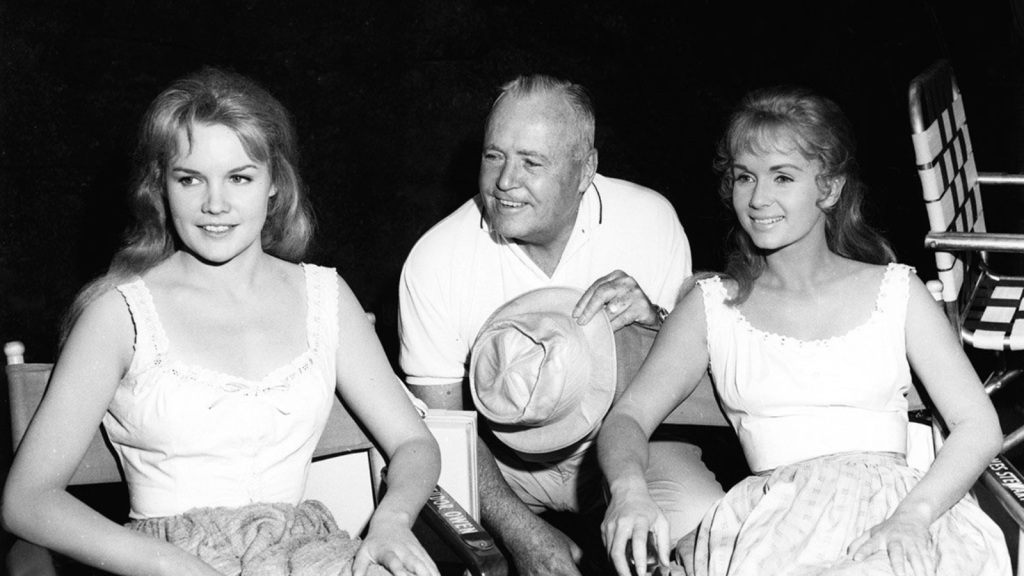Henry Hathaway was an American film director who significantly impacted the Hollywood film industry with a career spanning half a century. Known for his versatility across genres, Hathaway made a name for himself with films in the adventure, film noir, and Western genres, earning critical acclaim for works such as True Grit, Niagara, and The Lives of a Bengal Lancer. His strength lay in creating compelling and entertaining narratives, regardless of genre or subject matter.
A common thread that runs through Hathaway’s filmography is his knack for combining strong character development with riveting action sequences. He often portrayed characters that were inherently flawed or troubled, lending depth and intrigue to his narratives. For instance, in Kiss of Death, Hathaway dives into the moral complexities of a criminal trying to reform. His characters were grounded, human and often faced moral dilemmas, setting his work apart from many of his contemporaries. Additionally, his films often reflected social realities of the time, thus adding a layer of authenticity and relatability to his storytelling.
Hathaway’s films were characterised by their dynamic camera work and atmospheric set designs. Whether it was the lush beauty of Niagara Falls in Niagara or the rough and gritty landscape in True Grit, the setting often played a significant role in his narratives. Hathaway was known for his unpretentious approach to filmmaking, prioritising the narrative and characters above all. His influence is evident in the works of many contemporary filmmakers who seek to balance character development with action.
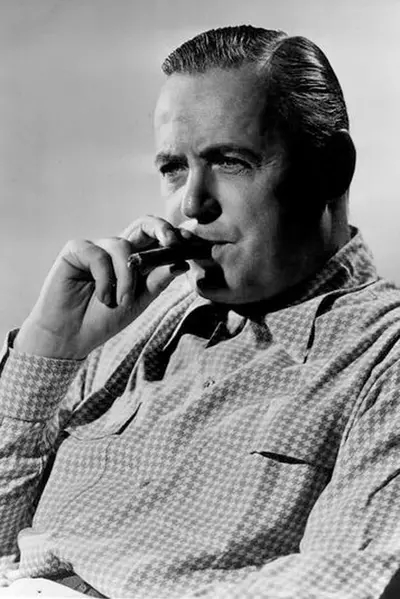
Henry Hathaway (1898 – 1985)
Calculated Films:
- Peter Ibbetson (1935)
- Kiss of Death (1947)
- The Sons of Katie Elder (1965)
- True Grit (1969)
Similar Filmmakers
- Andre de Toth
- Andrew V. McLaglen
- Anthony Mann
- Budd Boetticher
- Delmer Daves
- George Marshall
- Howard Hawks
- John English
- John Ford
- John Farrow
- John Huston
- John Sturges

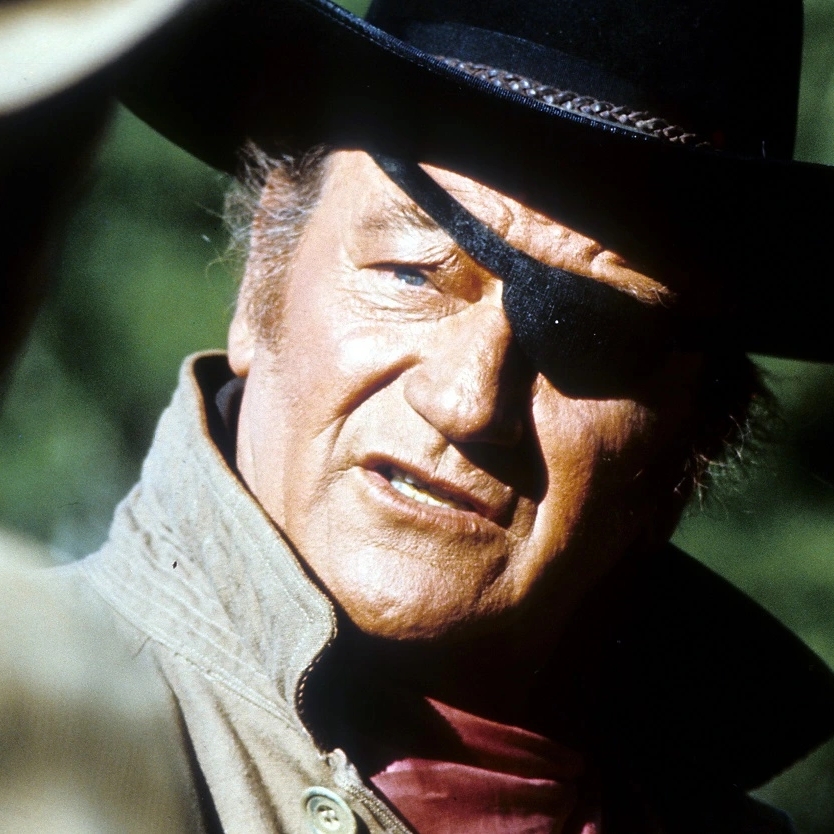

Henry Hathaway’s Top 5 Films Ranked
1. The Sons of Katie Elder (1965)
Genre: Western
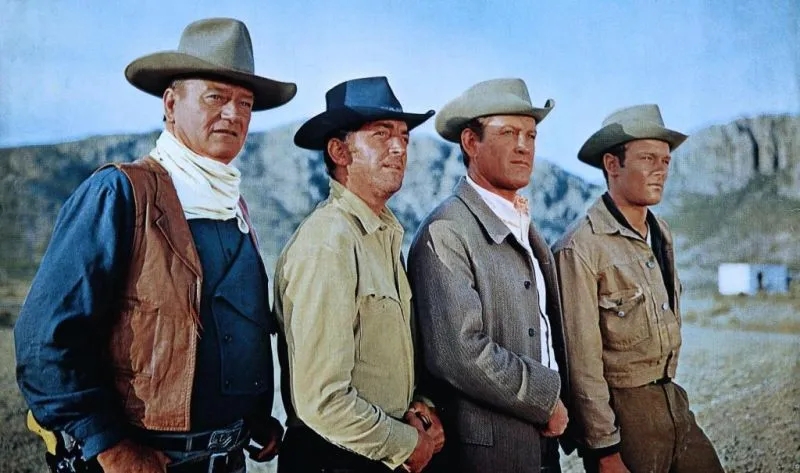
2. Kiss of Death (1947)
Genre: Film Noir, Crime, Thriller

3. True Grit (1969)
Genre: Western, Buddy, Adventure
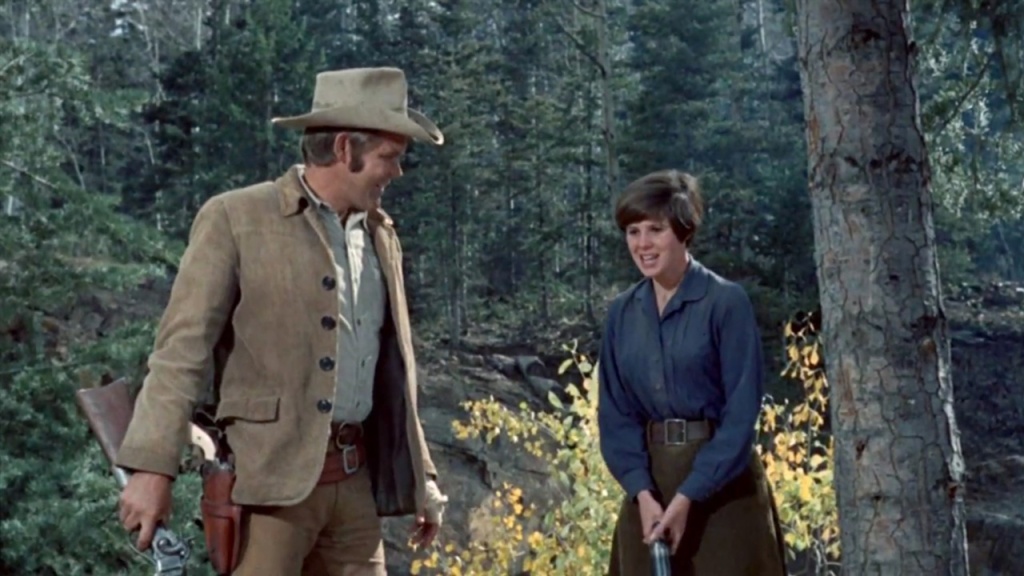
4. Call Northside 777 (1948)
Genre: Crime, Drama, Film Noir
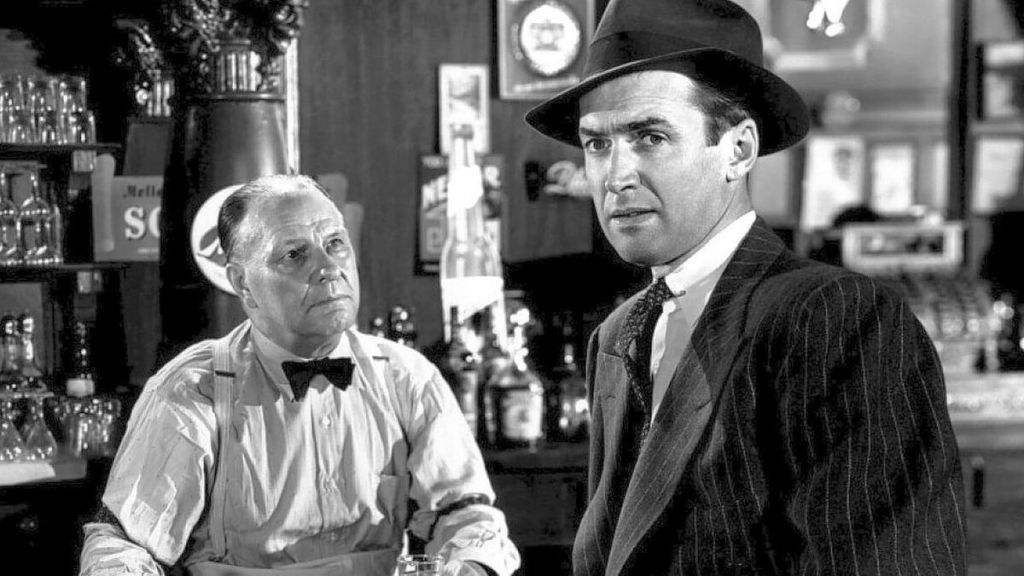
5. Niagara (1953)
Genre: Thriller, Film Noir, Crime
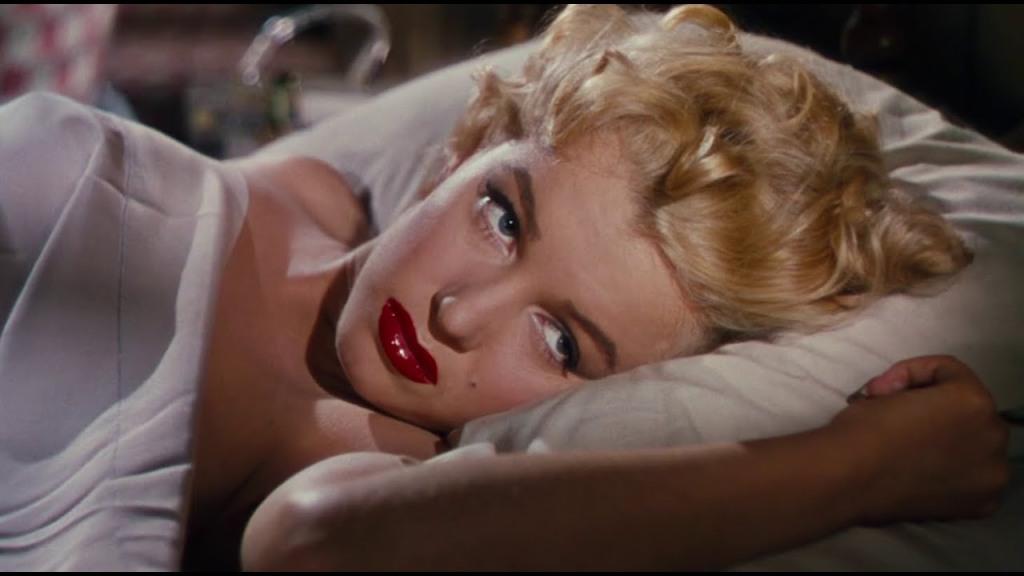
Henry Hathaway: Themes and Style
Themes:
- American Identity: Hathaway often explored themes of American identity, particularly in the Western genre. He depicted the American frontier as a challenging yet transformative landscape, highlighting the complex interplay between individualism, law, and civilisation.
- Heroism and Anti-heroism: His films often portrayed heroic and anti-heroic characters, emphasising moral ambiguity, personal integrity, and the struggle for justice. He depicted a variety of protagonists, ranging from brave and honourable figures to those grappling with their darker impulses.
- Conflict and Resolution: Many of Hathaway’s films centred around conflicts, whether internal or external. He expertly showcased the characters’ personal battles, as well as their struggles against broader societal or environmental forces, ultimately leading to resolution and catharsis.
Styles:
- Visual Realism: Hathaway was known for his visual realism, often opting to film on location to capture the authentic spirit and atmosphere of the setting. This approach lent a sense of immediacy and truth to his narratives, immersing audiences in the depicted worlds.
- Dynamic Storytelling: He was adept at creating engaging, fast-paced narratives that held viewers’ attention. Whether directing action sequences or dramatic moments, Hathaway maintained a dynamic rhythm and flow within his films, balancing various elements to tell compelling stories.
- Cinematographic Techniques: Hathaway utilised a range of cinematographic techniques to enhance the storytelling experience. From careful framing and composition to effective use of lighting and shadows, he manipulated visual elements to convey mood, tension, and character.
Directorial Signature:
- Versatility: One of Hathaway’s most significant trademarks was his versatility. While he was particularly known for his contributions to the Western genre, he worked successfully across various genres, including film noir, dramas, and adventure films, showcasing his broad range and adaptability.
- Actor-Director Collaboration: Hathaway was renowned for his ability to elicit strong performances from his actors. He established a collaborative environment, working closely with performers to explore and develop their characters, resulting in memorable and impactful portrayals.
- Depiction of Landscape: In many of his films, particularly Westerns, the landscape served as more than a mere backdrop. Hathaway utilised the environment as a character in its own right, contributing to the narrative’s mood and thematic depth. The rugged, expansive terrains featured in his films mirrored the characters’ internal struggles and aspirations.
- Moral Complexity: A recurring element in Hathaway’s work is the exploration of moral complexity and the grey areas of human behaviour. His characters often faced difficult choices, and the films refrained from offering easy answers, prompting audiences to reflect on the nature of right and wrong.
Henry Hathaway – Great Director


